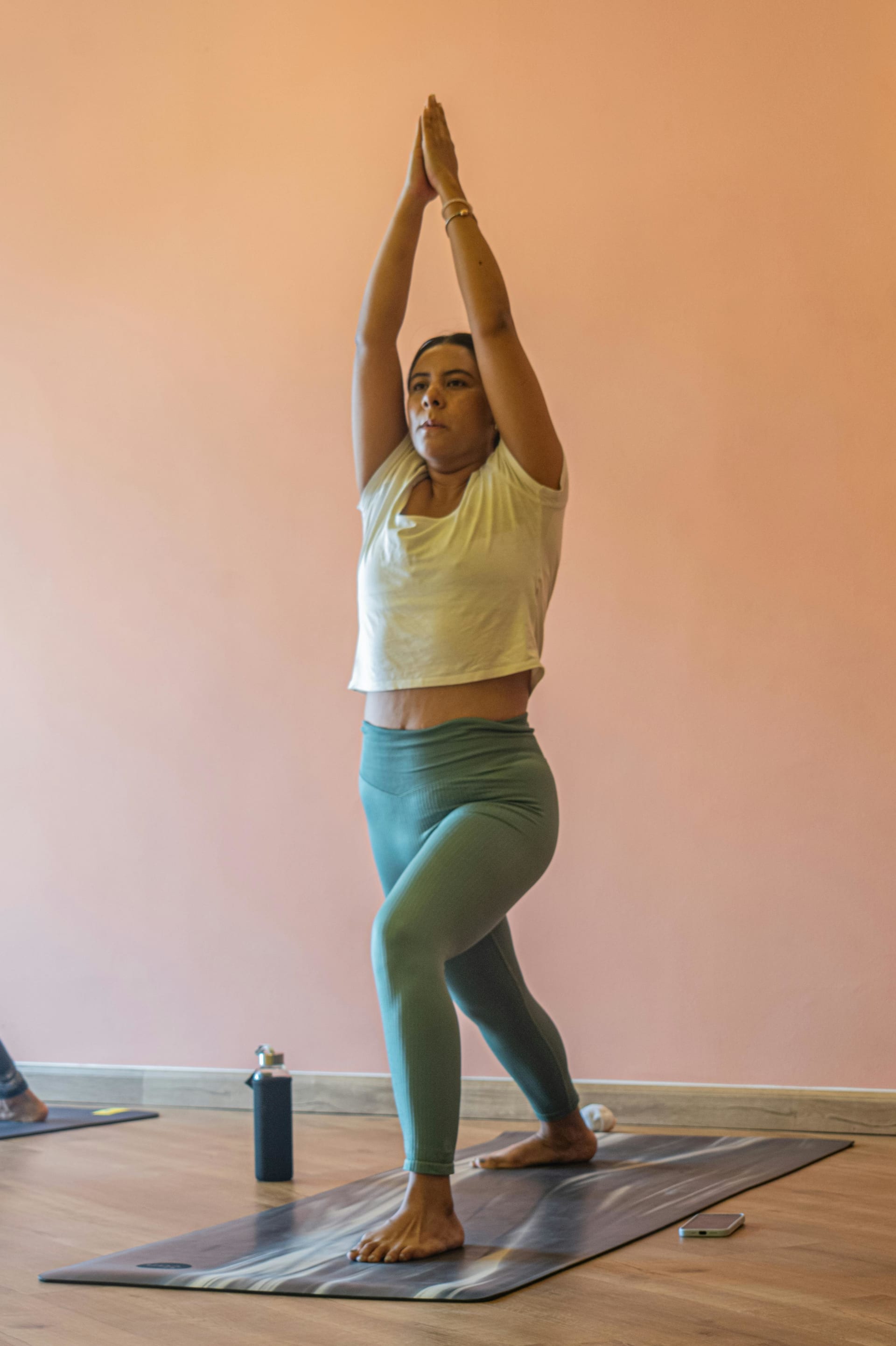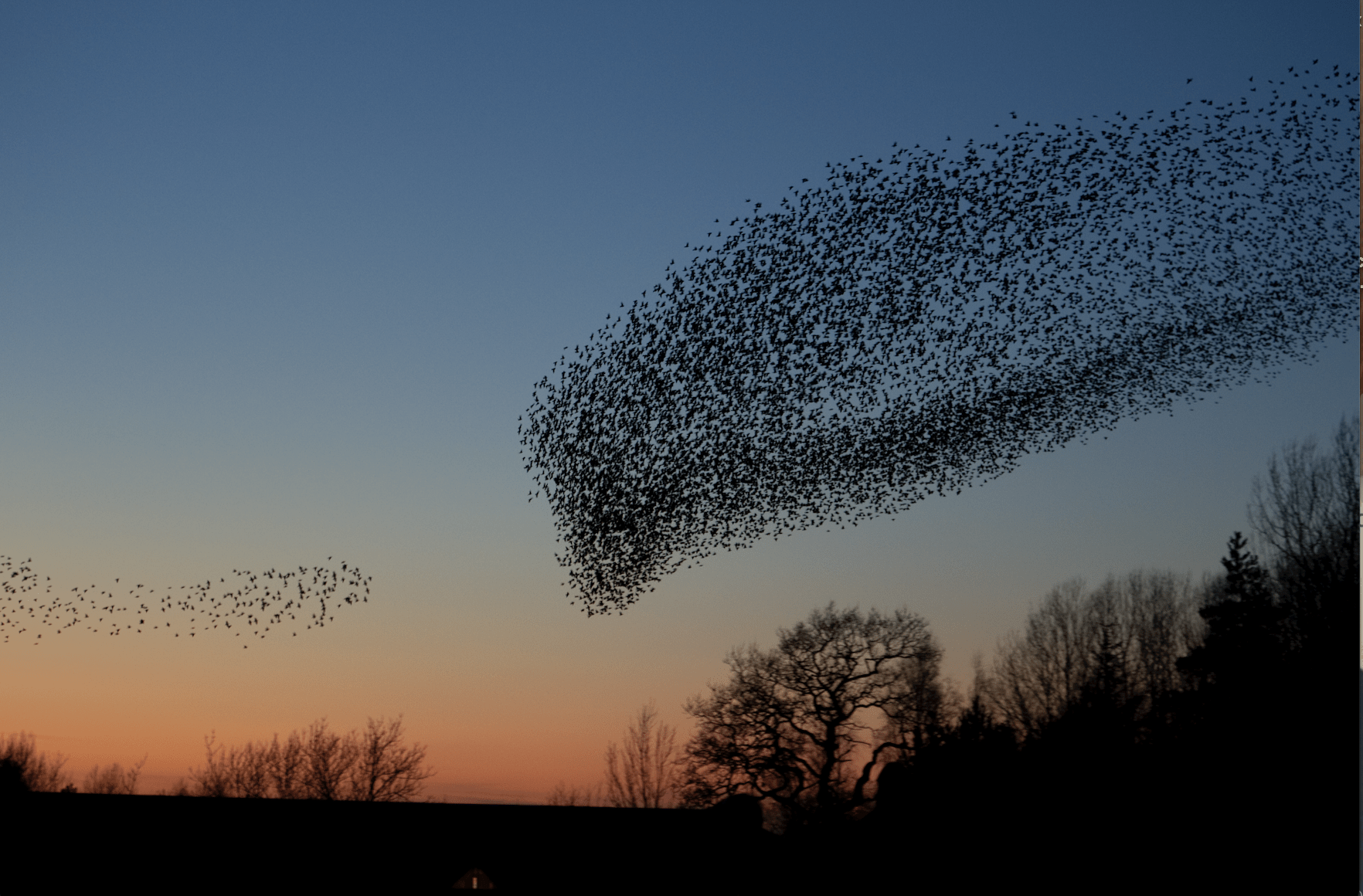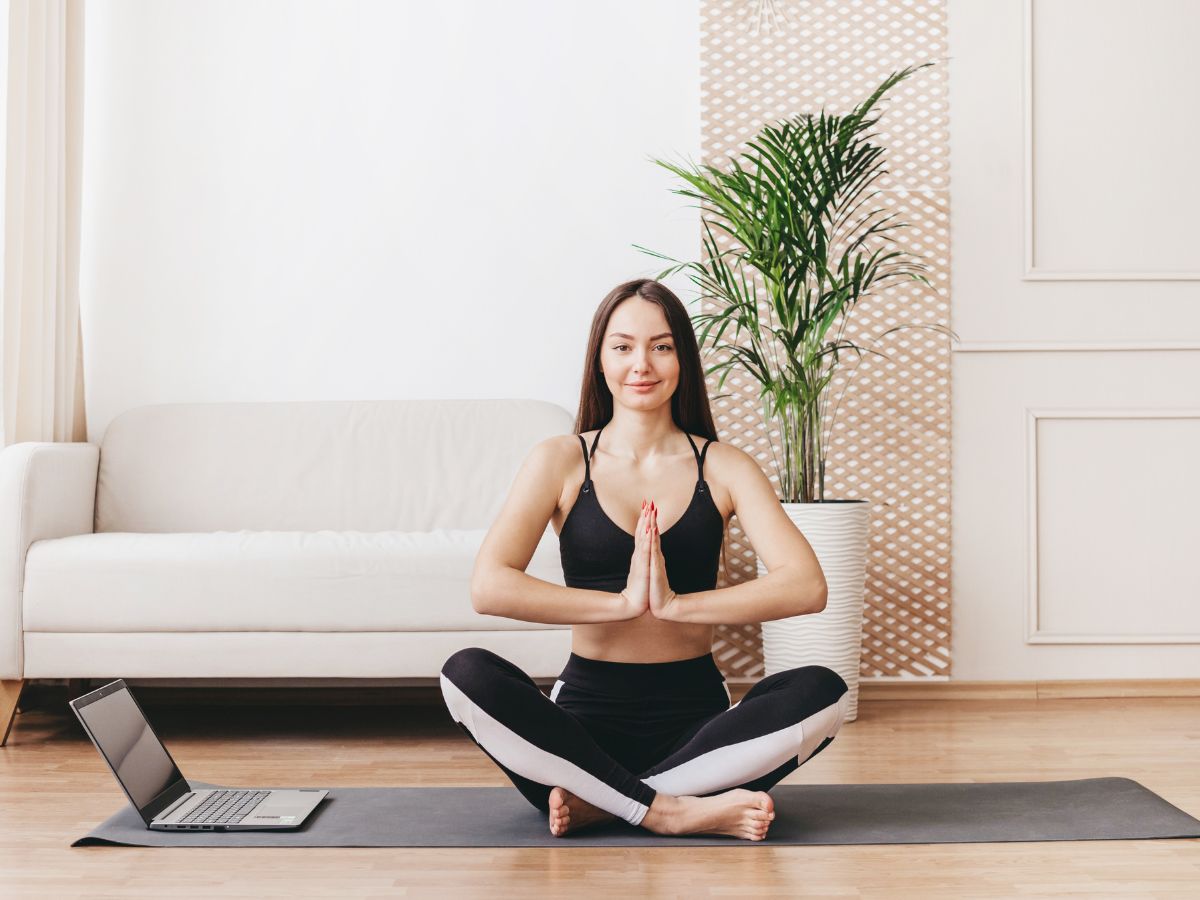As the seasons take a turn into cooler days and darker nights, the topic of Yin Yoga comes to mind. For anyone familiar with Eastern philosophy, ‘yin’ and ‘yang’ describe two complementary and opposite energetic states, joined in a continuous and interlacing whole. While ‘yang’ relates to states such as hot, bright, fast, active and hard, ‘yin’ belongs to cool, dark, slow, yielding and soft.
When we practise moving forms of yoga, like vinyasa, where the body moves through continuous flows in time with the breath or Ashtanga’s set routines of physically demanding postures and transitions, we are largely in a yang state. We are using our muscles, generating heat in the body and building strength and stamina.
By contrast, yin yoga targets the deeper, more structural connective tissues of the body, like tendons, ligaments, joint spaces and fascia. We cannot move and load these in the same way as muscles (or we might injure them). Instead, we get into a shape which applies a manageable stress to the tissues and we hold the posture over a long time – several minutes in stillness.

While we are still, interesting things happen. As the muscles are relaxed, they are not generating heat and so the body cools. The weight of the body plus gravity press down on the body to exert load on the connective tissues. This can be felt as sensations like a very deep feeling of stretch, release or compression. It is important to monitor the strength of these sensations as we don’t want to over burden the tissues. So we learn, over time, to feel our way into a medium level or a ‘5 out of 10’ level of intensity – something we can live with for a while. As we hold our posture, more changes come about. Sensations shift and ripple, ebbing and flowing. At times, we have to decide if we need to increase or decrease intensity as the feelings rise and fall. We are learning to fully listen to the language of the body and respond respectfully by going deeper or coming out of a position.
But it’s not just the physical body that yin yoga targets. It is very much a practice for the mind and has close ties to meditation. As the body settles into stillness, we begin to notice our thoughts. As the minutes pass, we might even start to notice that we are noticing! In these moments, we can get a sense of space between who we are (doing all the noticing) and the random thoughts and ideas that now seem just a little bit removed. So if you feel like exploring meditation but can’t seem to sit still on a cushion for an hour, this might be something to try.
If you would like to experience this subtle, mind-expanding practice, choose one of the many yin classes now available in Oxfordshire or see yogidup.com.








